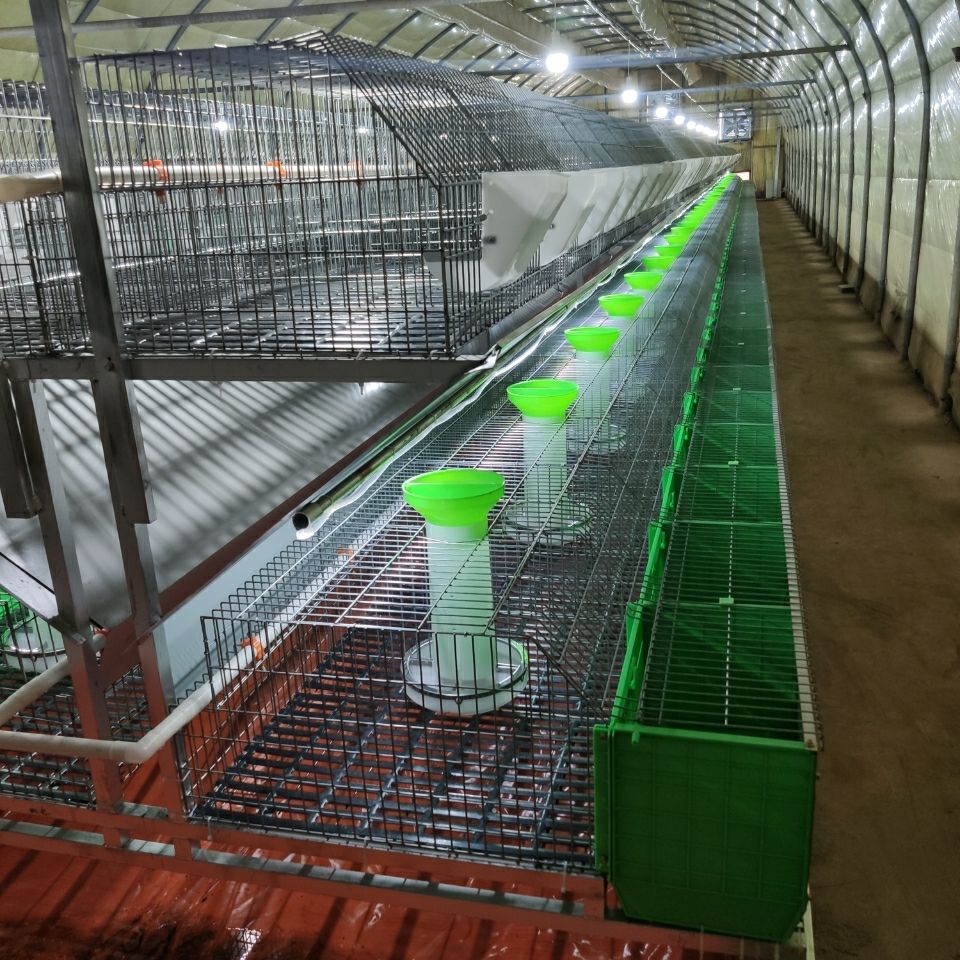evaporative pad cooling
Nov . 05, 2024 05:01 Back to list
evaporative pad cooling
The Benefits and Mechanisms of Evaporative Pad Cooling Systems
In an era where energy efficiency and sustainable practices are increasingly paramount, evaporative cooling systems have emerged as a viable solution for maintaining comfortable indoor environments. These systems utilize the natural process of evaporation to cool air, presenting an eco-friendly alternative to traditional air conditioning units.
Understanding Evaporative Cooling
Evaporative cooling works on a simple yet effective principle it harnesses the natural cooling effect that occurs when water evaporates. As water transitions from a liquid state to a vapor, it absorbs heat from the surrounding air, resulting in cooler air that is circulated back into the environment. Central to this process are evaporative pads, commonly made from cellulose or synthetic materials, that facilitate maximum water absorption and airflow.
The Role of Evaporative Pads
Evaporative pads are critical components of an evaporative cooling system. They are designed to increase the surface area for water to evaporate, which enhances the cooling efficiency. When warm air is blown through these saturated pads, the moisture in the pads evaporates, thereby cooling the air before it is released into the living space. The choice of pad material is crucial; cellulose pads are often favored for their higher absorption capabilities and longevity compared to synthetic alternatives.
Energy Efficiency and Environmental Impact
One of the most significant advantages of evaporative cooling systems is their energy efficiency. Unlike traditional air conditioning units that rely heavily on refrigerants and electrical energy to cool air, evaporative coolers use the natural process of evaporation, which requires less energy. Studies have shown that evaporative cooling can use up to 75% less energy than conventional cooling methods, making it an attractive option for energy-conscious consumers and businesses.
evaporative pad cooling

Additionally, evaporative cooling is more environmentally friendly. It reduces carbon emissions associated with energy production and eliminates the need for harmful refrigerants used in traditional air conditioning systems. This aligns well with global efforts to combat climate change and foster sustainable living practices.
Cost-Effectiveness
In terms of initial installation and operational costs, evaporative cooling systems generally present a more cost-effective solution compared to traditional air conditioning. The lower energy consumption directly translates to reduced utility bills, especially in dry and arid climates where evaporative cooling is most effective. Furthermore, maintenance costs are typically lower, as these systems have fewer mechanical components that might require regular servicing.
Ideal Conditions for Evaporative Cooling
Evaporative cooling is most effective in hot, dry climates where low humidity levels facilitate rapid evaporation. Regions such as the Southwest United States, parts of Australia, and Middle Eastern countries have seen significant benefits from implementing evaporative cooling systems. In areas with high humidity, however, the efficiency of these systems may diminish, making traditional air conditioning units a more practical option.
Conclusion
In conclusion, evaporative pad cooling systems present a myriad of advantages for both residential and commercial applications. Their reliance on the natural process of evaporation positions them as a sustainable and energy-efficient alternative to traditional air conditioning units. With the growing demand for environmentally-friendly solutions, evaporative cooling systems are likely to gain popularity as an essential part of modern HVAC strategies. As more consumers become aware of their benefits, the shift toward these innovative cooling methods may contribute significantly to a greener planet and a more sustainable future.
-
Hot Sale 24 & 18 Door Rabbit Cages - Premium Breeding Solutions
NewsJul.25,2025
-
Automatic Feeding Line System Pan Feeder Nipple Drinker - Anping County Yize Metal Products Co., Ltd.
NewsJul.21,2025
-
Automatic Feeding Line System Pan Feeder Nipple Drinker - Anping County Yize Metal Products Co., Ltd.
NewsJul.21,2025
-
Automatic Feeding Line System - Anping Yize | Precision & Nipple
NewsJul.21,2025
-
Automatic Feeding Line System - Anping Yize | Precision & Nipple
NewsJul.21,2025
-
Automatic Feeding Line System-Anping County Yize Metal Products Co., Ltd.|Efficient Feed Distribution&Customized Animal Farming Solutions
NewsJul.21,2025






